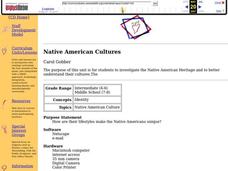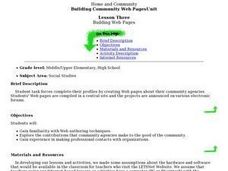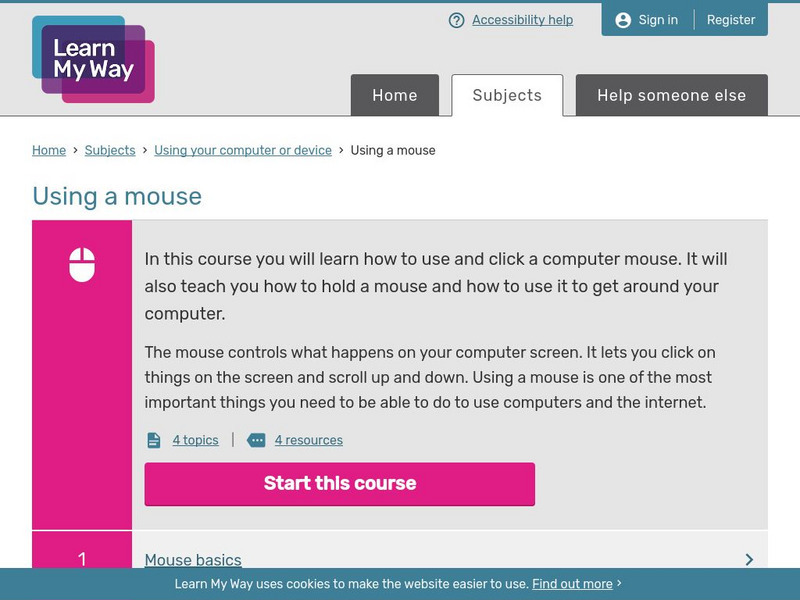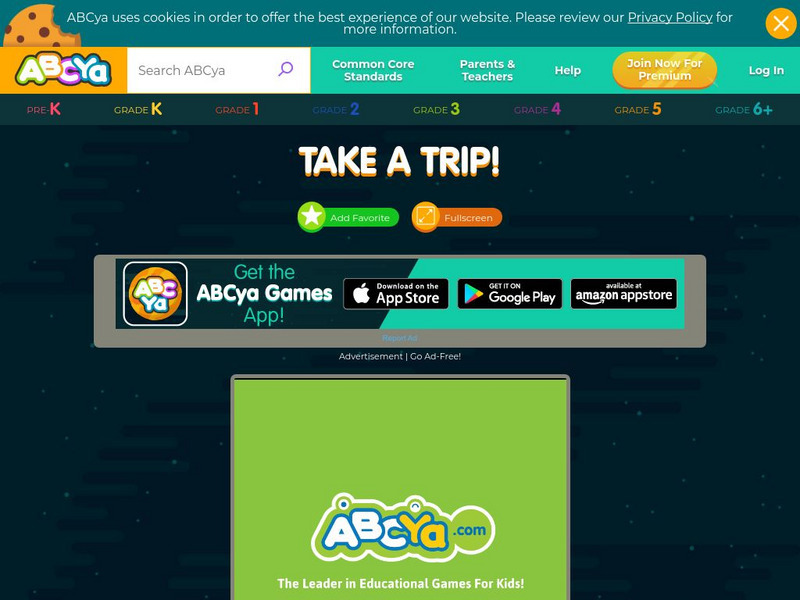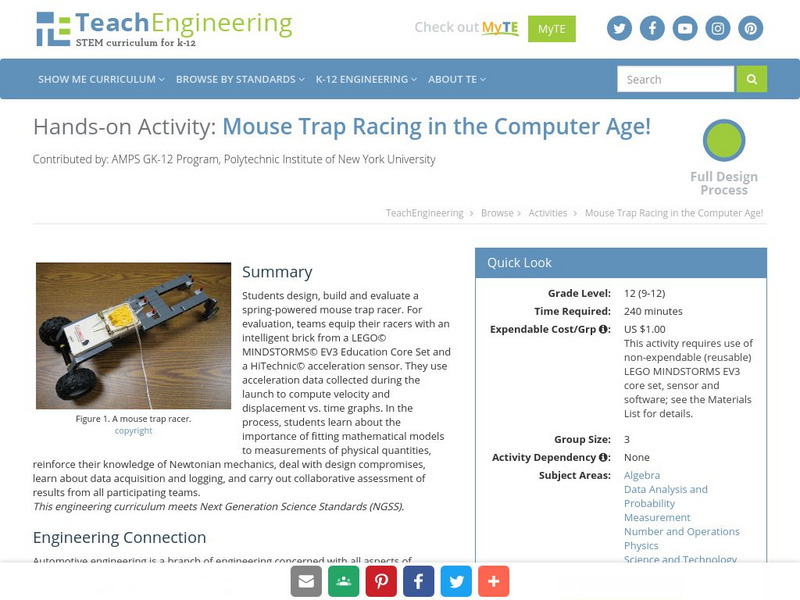Curated OER
Further Study of Neoclassicism and Romanticism
Students continue to conduct Internet research to answer the remaining N/R questions. They are encouraged to contact and communicate with N/R professors or other experts, either singly or over e-mail discussion lists.
Curated OER
Story Assignments
Students choose their beats and decide what areas of school and community news they cover.
Curated OER
Essay Exchange Unit: Response to Essays
Students receive and read electronic reviews of their essays.
Curated OER
Chaos
Students experiment with several chaotic simulation, they build a working definition of chaos. Students reinforce their knowledge of basic probability and percents. They are reminded of previous knowledge that is pertinent to this...
Curated OER
Irregular Fractals
Students study and research irregular fractals and construct a few based on their research. Students practice pattern recognition skills and plane geometry skills calculating dimensions on the Fractured Pictures activity.
Curated OER
Native American Cultures
Students investigate the Native American Heritage and explore their customs cultures. They discover characteristics of the Native Americans through the study of their art, artifacts, stories and symbols.
Curated OER
Floppy And the Puppies
Fifth graders reinforce and focus on the meaning derived from the text as a whole and identify and describe the main characters, events and settings in a fiction piece of writing. They incorporate a wide-range of adventurous vocabulary...
Curated OER
Earth Day Trash Survey Unit
Students develop an action plan to prevent trash from becoming a problem in the future.
Curated OER
Building Web Pages
Students examine local community agencies and their contributions to the community. They create Web pages that profile the community agencies and their interviews with the volunteers.
Curated OER
Planting
Students form groups to conduct an experiment. They plant seedlings to test the effects of sunlight, water and soil, on the growth of seedlings.
Curated OER
What Makes a Healthy Plant?
Students predict the effects of water, light, and soil on the development of a plant and then design an experiment to test their predictions.
Curated OER
Local Heart Rates
Pupils determine the type of data needed to test their inferences. As homework, they check and record heart rates of fellow students, teachers and family members. During their next class period, pupils enter all data into the database.
Curated OER
Critiquing the Neoclassicism/Romanticism Project
Learners request feedback on their projects from Neoclassicist/Romanticist experts they have contacted via e-mail or other means. They work in pairs to critique each other's work.
Curated OER
Virtual Ellis Island Museum Unit: Final Reports
Young scholars write reports of their research findings to be shared with friends and families. They develop their reports into web pages for publication on the Internet.
Curated OER
Five "E" Lesson-Stereotypes
Students discuss the nature of stereotyping and prejudicial behavior and their feelings regarding people with visible disabilities. They view part of documentary Graduating Peter then work in groups to chart people's reactions and...
Curated OER
Force and Motion
In this force and motion worksheet, students read six paragraphs with numbered sentences about force and the laws of motion and answer one question.
Cornell University
Cornell University: 10 Tips for Using a Computer Mouse
The Cornell University Ergonomics Web offers "10 Tips for Using a Computer Mouse," that are useful for the prevention of a mouse-related musculoskeletal injury.
TeachEngineering
Teach Engineering: Rotary Encoders & Human Computer Interaction
Students learn about rotary encoders and discover how they operate through hands-on experimentation. Rotary encoders are applied in tools to determine angle measurements and for translations of angular motion. One common rotary encoder...
Learn My Way
Learn My Way: Using a Mouse
In this online course, students will learn how to use and click a computer mouse, how to hold a mouse, and how to use it to get around your computer.
Goodwill
Gcf Global: Mouse Tutorial
Use this interactive tutorial to learn how to use a computer mouse.
Massachusetts Institute of Technology
Mit: Inventor of the Week: Douglas Engelbart & the Mouse
This article on Douglas C. Engelbart, the inventor of the computer mouse, credits the inventor for helping create the "interactive, use-friendly" computer interfaces that we have today.
ABCya
Ab Cya: Take a Trip: A Journey Through Familiar Places
Using the computer mouse, children carefully move a car through a map of a town while trying to avoid going off of the path. They pass different landmarks and are introduced to them one at a time. The activity provides good hand-eye...
TeachEngineering
Teach Engineering: Mouse Trap Racing in the Computer Age!
Students design, build and evaluate a spring-powered mouse trap racer. For evaluation, teams equip their racers with an intelligent brick from a LEGO MINDSTORMS NXT Education Base Set and a HiTechnic acceleration sensor. They use...
PBS
A Science Odyssey: You Try It: Plate Tectonics
Using your computer mouse you can simulate transforming, collisional, divergent and convergent plate boundaries. Descriptions of each plate boundary are also available.





